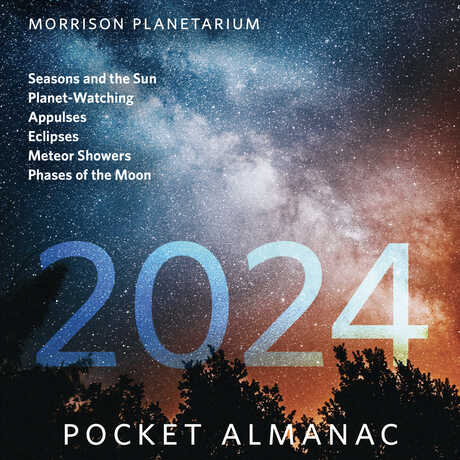$15 per guest Member and senior price: $12. Discount applied after login.
Seating is limited and advance reservations required. To order by phone, call (877) 227-1831.

Gliese 1132b is a planet 39 light years away, slightly larger than Earth and circling a red dwarf star—could life survive on such a world?
Are Red Dwarf Planets Habitable?
Monday, March 7, 2022
7:30 pm
Morrison Planetarium
Featuring Professor Gibor Basri, University of California
The most common stars in the Universe are red dwarfs. These are small, faint, cool stars that range from one-tenth to one-half the diameter of the Sun and which have extraordinarily-long lifetimes. Recent surveys have discovered Earth-size planets around several red dwarf stars, including Proxima Centauri (the nearest star to the Sun). What might conditions be like on worlds orbiting such unusual stars, and could any of them be habitable? Have any been identified as "best candidates" to consider as abodes for life?

As a boy, Gibor Basri loved reading science fiction and dreaming of traveling to the stars. In the eighth grade, he wrote a report on astronomy as a career, concluding that it was a small, competitive field, and he decided to pursue his fatherʼs field, physics. Still, he enjoyed this area most when it was related to astronomy, and even though he considered applying to become an astronaut, he realized that rather than wait perhaps years to be assigned to a spaceflight, he could “visit” the stars through his research whenever he wanted.
A full professor at UC Berkeley since 1994, Dr. Basriʼs work focuses on star formation, stellar activity, and low-mass stellar-class objects. He is a pioneer in the study of brown dwarfs (“failed stars” or substellar objects) and participated in their discovery in 1995. He was also a co-investigator for NASAʼs planet-seeking Kepler spacecraft.
He never forgot his love of science fiction—one of the classes he taught at Berkeley was called “The Science in Science Fiction.”
Dr. Basri is a Fellow of the California Academy of Sciences.
From outer space to Earth's inner core, explore the universe from Morrison Planetarium's 75-foot digital dome.

Download Morrison Planetarium's 2024 Pocket Almanac to stay up-to-date on eclipses, meteor showers, satellite spottings, and more.
